Best Exercises for English Bulldogs at Every Age
English Bulldogs are known for their unique appearance, friendly nature, and laid-back attitude. Despite their often sedentary demeanor, regular exercise is crucial for their health and well-being. Due to their specific physical characteristics, it’s important to choose the right type and intensity of exercises to suit their needs at different stages of life. This comprehensive guide will help you understand the best exercises for English Bulldogs at every age, ensuring your furry friend remains healthy and active.
Puppyhood (0-1 Year)
1. Short Walks
English Bulldog puppies are bundles of energy, eager to explore their surroundings. Short walks are ideal for introducing them to the outside world while building their muscle strength and endurance. Aim for walks that last between 10-15 minutes, avoiding overexertion and extreme temperatures. Early morning or late evening walks are best to prevent overheating.
2. Gentle Play
Engage your puppy in gentle play sessions with soft balls or plush toys. This helps develop their coordination and keeps them entertained. Interactive play also strengthens the bond between you and your puppy. Avoid rough play or high-impact activities that could stress their developing joints and bones.
3. Socialization
Socialization is a key aspect of your puppy’s development. Arrange playdates with other vaccinated puppies or friendly adult dogs to help them learn social skills and burn off energy in a controlled environment. Exposure to different environments, people, and animals will help your Bulldog grow into a well-adjusted adult.
4. Basic Training
Introduce basic obedience training to your puppy’s routine. Simple commands like sit, stay, and come can be physically and mentally stimulating. Use positive reinforcement techniques, such as treats and praise, to make training sessions enjoyable and rewarding.
Adolescence (1-3 Years)
1. Moderate Walks
As your Bulldog matures, gradually increase the duration of their walks to 20-30 minutes. Regular walks are essential for maintaining cardiovascular health and preventing weight gain. Always be mindful of the temperature and provide plenty of water to keep your Bulldog hydrated.
2. Interactive Toys
Interactive toys, such as treat-dispensing puzzles and tug ropes, provide both physical exercise and mental stimulation. These toys challenge your Bulldog’s problem-solving skills and keep them engaged, preventing boredom and destructive behavior.
3. Advanced Training
Continue obedience training with more advanced commands and tricks. Training sessions that combine physical activity with mental challenges can be particularly beneficial. Commands like fetch, roll over, and agility training can be fun and rewarding for both you and your Bulldog.
4. Swimming
Swimming is an excellent low-impact exercise for Bulldogs. It provides a full-body workout without putting stress on their joints. Always supervise your Bulldog in the water and use a doggy life vest for added safety. Ensure the water is not too deep and that your Bulldog is comfortable with swimming.
5. Playdates
Arrange regular playdates with other dogs. This not only provides physical exercise but also helps maintain their social skills. Choose playmates with similar energy levels to ensure a positive and safe experience for your Bulldog.
Adulthood (3-6 Years)
1. Regular Walks
Continue with regular walks, aiming for at least 30 minutes a day. Vary the routes to keep things interesting and provide different sensory experiences for your Bulldog. Monitor their energy levels and adjust the intensity and duration of walks as needed.
2. Fetch
Playing fetch with a soft ball or toy is a great way to get your Bulldog moving. Keep the sessions short, around 10-15 minutes, and avoid throwing the ball too far to prevent overheating and joint strain. Fetch sessions provide a good mix of physical activity and fun.
3. Agility Training
Consider introducing low-impact agility training with simple obstacles like tunnels, weave poles, and low jumps. This type of exercise improves coordination, balance, and overall fitness. Ensure the equipment is safe and suitable for Bulldogs, avoiding high jumps and strenuous activities.
4. Hiking
If your Bulldog enjoys the outdoors, consider taking them on short hikes. Choose flat, shaded trails and avoid extreme temperatures. Hiking provides a change of scenery and a more stimulating environment than regular walks. Always bring water and take breaks as needed.
5. Structured Play
Engage your Bulldog in structured play sessions with interactive toys or games like hide and seek. These activities stimulate their mind and body, keeping them active and alert. Structured play also helps reinforce obedience training and strengthens the bond between you and your dog.
Senior Years (6+ Years)
1. Gentle Walks
In their senior years, Bulldogs may slow down, but gentle walks are still important to keep their joints flexible and prevent weight gain. Aim for 10-20 minute walks, tailored to their comfort and stamina. Avoid walks during the hottest parts of the day and stick to shaded, flat routes.
2. Low-Impact Play
Engage your senior Bulldog in low-impact play with toys that don’t require a lot of running or jumping. Puzzle toys and gentle tug games are ideal for keeping them mentally stimulated without straining their joints. These activities help maintain their cognitive function and overall happiness.
3. Stretching Exercises
Incorporate gentle stretching exercises to help maintain their flexibility and range of motion. Consult with your vet or a canine physical therapist for specific stretches suitable for your Bulldog. Regular stretching can help alleviate stiffness and improve mobility.
4. Swimming
Swimming remains a beneficial exercise for senior Bulldogs, offering a low-impact way to stay active. Ensure the swimming sessions are short and the water temperature is comfortable. Supervise your Bulldog closely and use a life vest for added safety.
5. Massage and Physical Therapy
Consider incorporating massage and physical therapy into your senior Bulldog’s routine. These treatments can help alleviate joint pain, improve circulation, and promote relaxation. Consult with your vet to find a qualified canine therapist.
General Tips for Exercising English Bulldogs
1. Monitor Weather Conditions
English Bulldogs are prone to overheating due to their brachycephalic (short-nosed) structure. Avoid exercising them in hot and humid weather. Opt for early morning or late evening walks during warmer months and provide plenty of water and shade. Always keep an eye on the weather forecast and adjust exercise routines accordingly.
2. Watch for Signs of Overexertion
Keep an eye on your Bulldog for signs of fatigue or overheating, such as excessive panting, drooling, or difficulty breathing. If you notice any of these signs, stop the exercise immediately and allow them to rest in a cool, shaded area. It’s important to know your Bulldog’s limits and not push them too hard.
3. Provide Plenty of Water
Always ensure your Bulldog has access to fresh water before, during, and after exercise. Hydration is crucial to prevent overheating and maintain overall health. Bring a portable water bottle and bowl during walks and outdoor activities.
4. Use a Harness
Due to their short necks and respiratory issues, it’s best to use a harness instead of a collar when walking your Bulldog. A harness distributes pressure more evenly and reduces strain on their neck and throat. Choose a comfortable, well-fitting harness that allows for easy movement.
5. Consult Your Vet
Before starting any new exercise routine, consult with your veterinarian to ensure the activities are appropriate for your Bulldog’s age, health, and fitness level. Regular check-ups can also help monitor their weight and overall well-being. Your vet can provide personalized recommendations based on your Bulldog’s specific needs.
6. Adjust Exercise According to Health Conditions
If your Bulldog has any health conditions, such as arthritis or hip dysplasia, adjust their exercise routine accordingly. Low-impact activities like swimming or gentle stretching can be beneficial. Always follow your vet’s advice and avoid exercises that may exacerbate their condition.
7. Maintain a Balanced Diet
Exercise alone isn’t enough to keep your Bulldog healthy. A balanced diet is essential for maintaining their weight and overall health. Consult with your vet to determine the best diet for your Bulldog’s age, activity level, and health conditions.
Conclusion
English Bulldogs may not be the most athletic breed, but regular exercise is essential for their health and happiness. Tailoring their exercise routine to their age and physical capabilities will help ensure they stay active without putting unnecessary strain on their bodies. From short walks and gentle play in puppyhood to more structured activities in adulthood and low-impact exercises in their senior years, there are plenty of ways to keep your Bulldog engaged and healthy throughout their life. Remember to always monitor their condition, provide ample water, and consult with your vet to create the best exercise plan for your loyal companion. By doing so, you’ll help your English Bulldog live a long, healthy, and happy life.

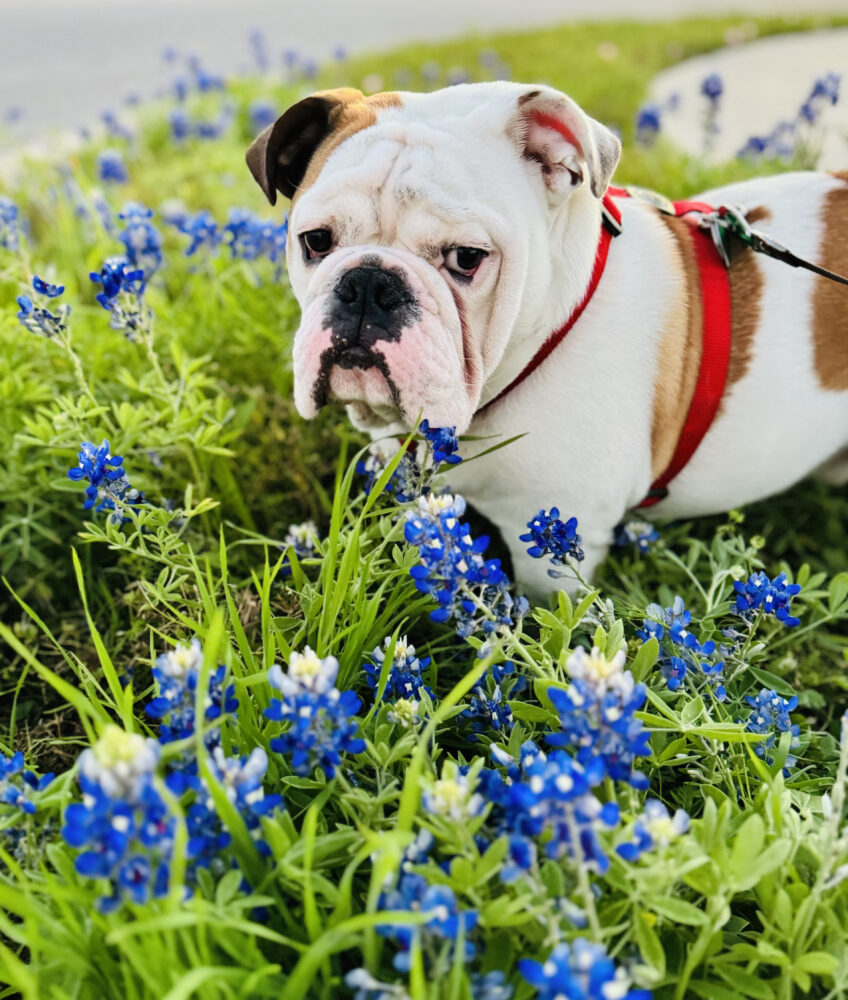
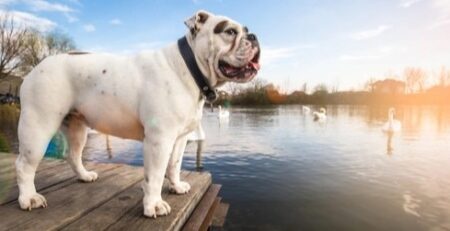

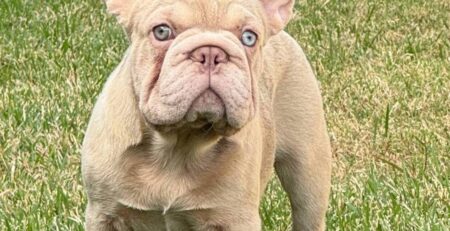
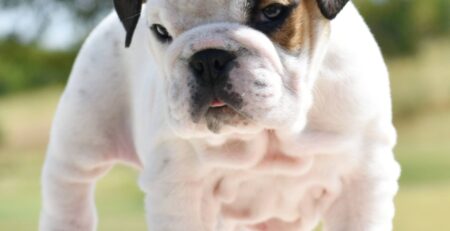

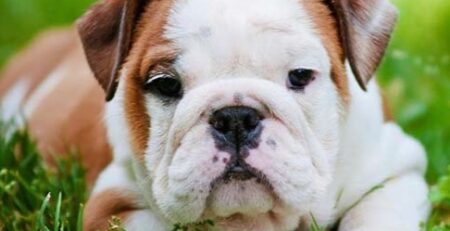
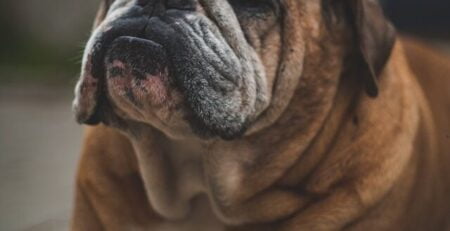
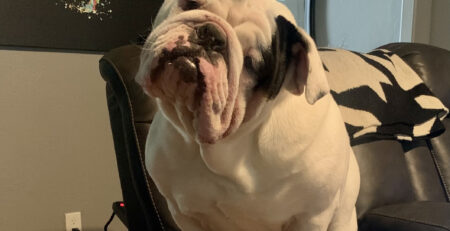
Leave a Reply